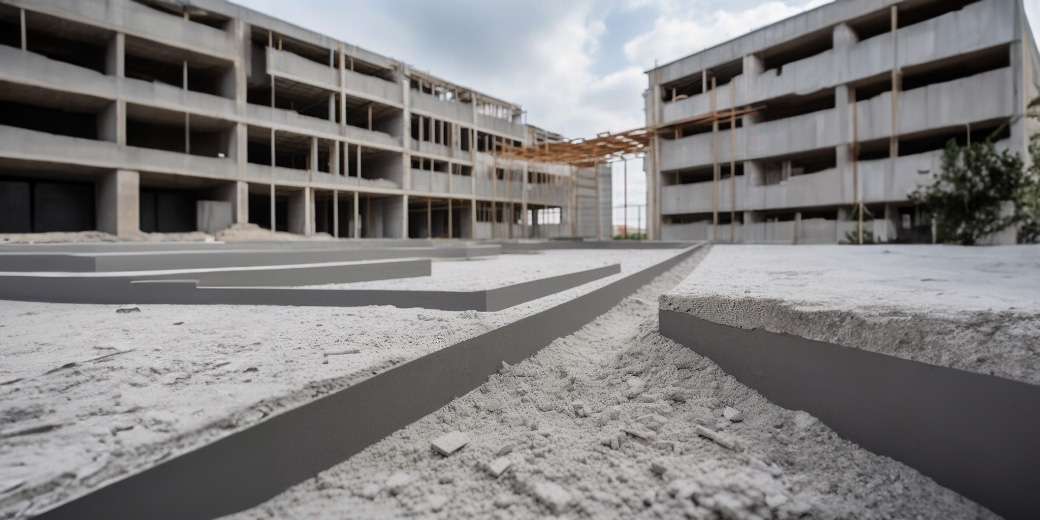Will this environmentally friendly composite material make reinforced concrete superfluous?

The construction industry is urgently looking for ways to make its activities more environmentally friendly. An innovative composite material could offer a solution here. It enables climate-neutral construction and represents an alternative to reinforced concrete.
The production of cement is considered to be particularly harmful to the climate, which is why the construction industry is looking for alternatives to reduce CO2 emissions. Researchers at the German Institute of Textile and Fibre Research (DITF) in Denkendorf have developed such an alternative. The new composite material made of natural stone, carbon fibres and biochar could be an environmentally friendly alternative to reinforced concrete and has an excellent CO2 balance.
Joint project DACCUSS-Pre
The use of plant materials such as wood, straw or other plant fibres as building materials enables efficient carbon sequestration. But for the team in the DACCUSS-Pre project, short-term storage is not enough. They are working on a new building material called CFS (CarbonFibreStone), which consists of plant-based carbon fibres, biochar and hard rock. This building material should not only fulfil all technical requirements, but also remove more carbon dioxide from the atmosphere in the long term than is released during its production.
CFS achieves this carbon sequestration in three different ways
The conversion of carbon-rich biomass such as algae into carbon fibres makes it possible to store carbon in the building material in the long term. The hard stone in the CFS also contributes to the binding of CO₂. Stone dust is produced during the manufacturing process, which accelerates the weathering of the stone and thus binds carbon dioxide from the air in the stone through chemical reactions. Biochar, another durable and carbon-rich material obtained from plant parts, is used as an insulating layer between the stone slabs.
Building façade realised
In close cooperation with the company TechnoCarbon Technologies, the project has already made considerable progress – a first prototype in the form of a building element for house walls has been successfully realised. This consists of the aforementioned components carbon fibres, hard rock and biochar. Two natural stone slabs serve as the outer walls of the building element. The carbon fibres reinforce the side walls with the help of technical fabrics and take on the tensile load, similar to reinforcing steel in reinforced concrete. The biochar in turn serves as filling material and acts as effective insulation.
BIO-carbon fibres from raw materials
The carbon fibres developed at DITF Denkendorf consist of lignin, which is obtained from biomass. These fibres are characterised by their cost-effectiveness due to low raw material costs and their efficiency in binding carbon. Compared to conventional reinforcing steel, they do not rust, which extends their service life. Although their production requires more energy than that of steel, the amount used in construction is so small that the overall balance of energy and CO2 emissions is more positive than that of reinforced concrete. The use of solar energy and biomass during production and the natural weathering of the stone powder mean that the CO2 balance of the new building material is actually negative. This means that buildings can be constructed that actively contribute to CO2 reduction.
Environmental impact of the building façade
The researchers from Denkendorf report enthusiastically about the new demonstrator for a wall element in building construction. This is made of gabbro, a natural stone from India, which is not only visually appealing but also has a high load-bearing capacity, as load tests confirm. The top layer of the stone panels is made from bio-based carbon fibres, with the biochar coming from the renowned Convoris GmbH, which is known for its excellent thermal insulation values.